Why You Should Never Use Glass Cutting Boards
Glass cutting boards can dull knives, risk breakage and injury, cause slippage, and are noisy and uncomfortable to use, making them impractical for kitchen safety and efficiency. Opting for wood or plastic alternatives is advised to avoid these drawbacks.
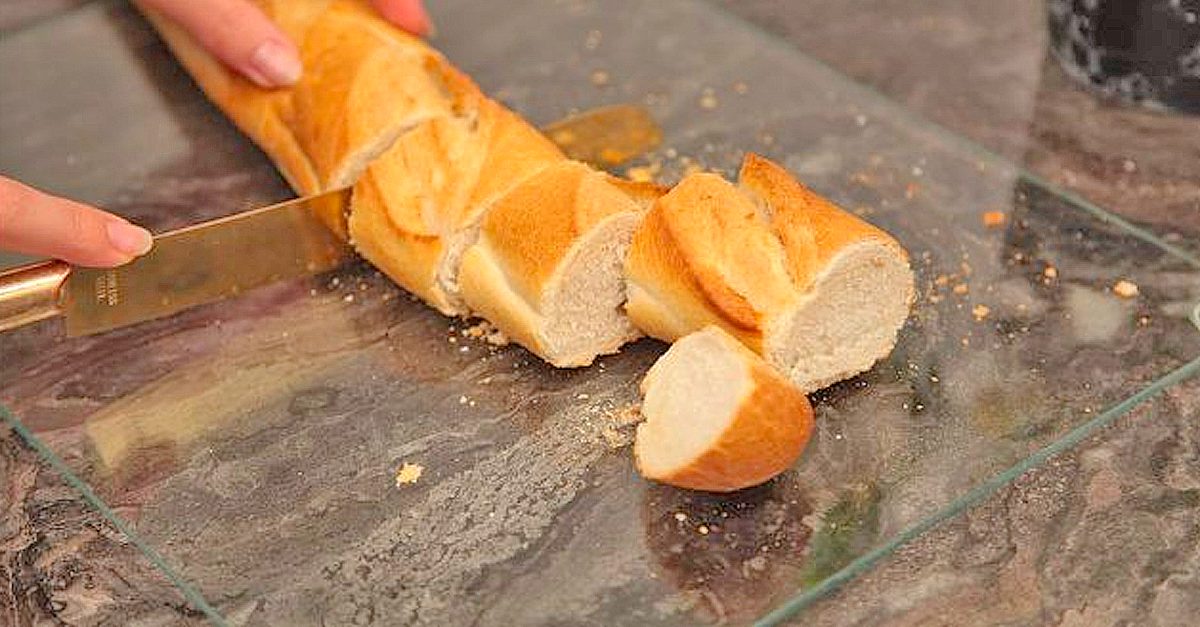;Resize,width=742;)
Glass cutting boards, with their sleek appearance and easy-to-clean surface, may seem like a practical and stylish addition to any kitchen. Often more affordable, visually appealing, and simpler to sanitize and store than their wooden or plastic counterparts, glass boards are frequently chosen for their aesthetic and hygienic advantages. However, beneath the shiny surface lie several risks and drawbacks that can compromise the safety and efficiency of home cooks and professional chefs alike. Let's explore them together.
1. Dulling of Knives
One of the most significant drawbacks of using glass cutting boards is their impact on knives. Glass is much harder than the materials used for knife blades, causing the cutting edge to dull rapidly with each use. A dull knife is not just ineffective but also dangerous, as it requires more force to cut through food, increasing the risk of the knife slipping and causing an injury. Maintaining a sharp blade is crucial for kitchen safety and efficiency, making glass boards an impractical choice for regular use.
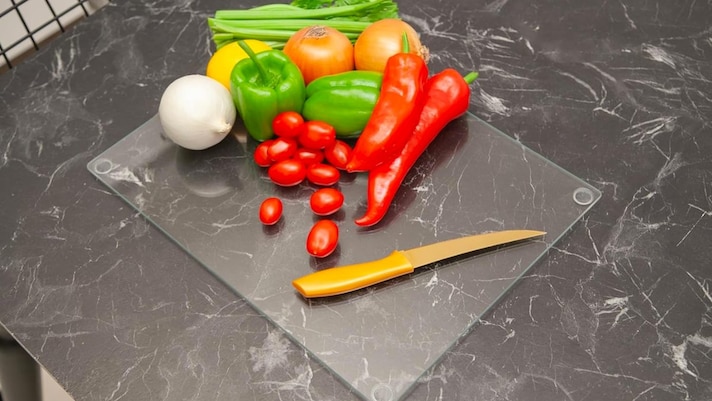
2. Risk of Breakage and Injury
Glass cutting boards are prone to chipping, cracking, and even shattering under heavy use or if accidentally dropped. This not only necessitates the replacement of the board but also poses a significant safety risk. Broken glass can lead to serious cuts, and small shards can contaminate food, posing health hazards. The potential for breakage makes glass boards a less durable and riskier option compared to other materials.
3. Slippage and Stability Concerns
The smooth surface of a glass cutting board offers little to no grip for food items, making them prone to slipping while being cut. This slippage not only makes precise cuts difficult but also increases the risk of accidents and injuries. Additionally, if the board itself is not equipped with non-slip feet or a stabilizing base, it can slide around on the countertop, further compromising the cook's control and safety during food preparation.
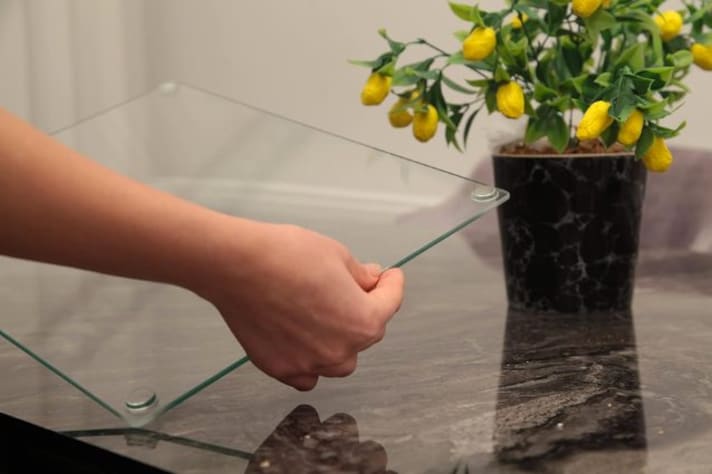
4. Noise and Comfort
The hard surface of a glass cutting board can be quite noisy when chopping, slicing, or dicing, which can be unpleasant and disruptive, especially in a busy kitchen environment. Furthermore, the impact of knife against glass can be jarring to the hands and wrists, potentially causing discomfort or even pain with prolonged use. This aspect of glass boards can make food preparation a less enjoyable and more tiresome task.
5. Environmental Impact
Glass cutting boards, although made from a material that can often be recycled, have a shorter lifespan due to the risks of breakage and wear. This means they're more likely to be discarded and replaced more frequently than more durable options like wood or high-quality plastic. The production, breakage, and disposal of glass boards can have a larger environmental footprint, making them a less sustainable choice for eco-conscious consumers.
;Resize,width=767;)

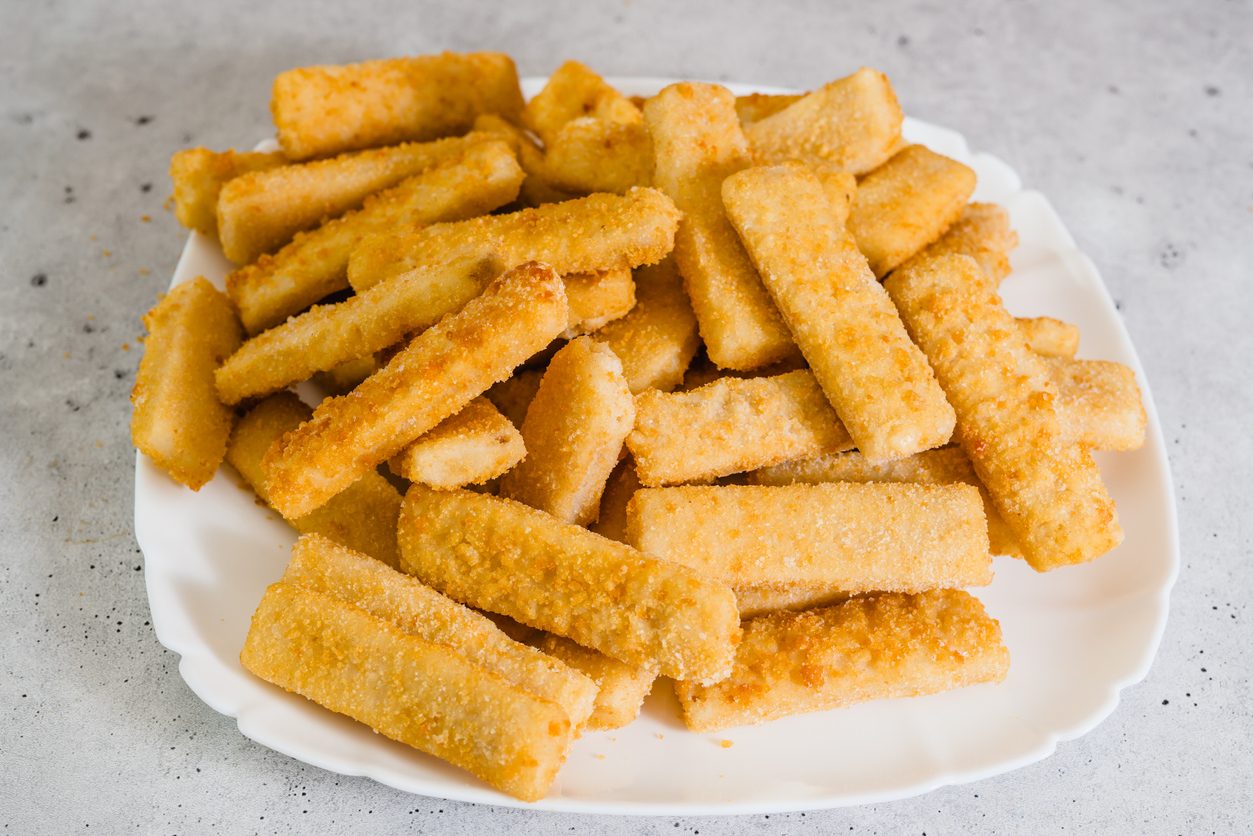;Resize,width=712;)
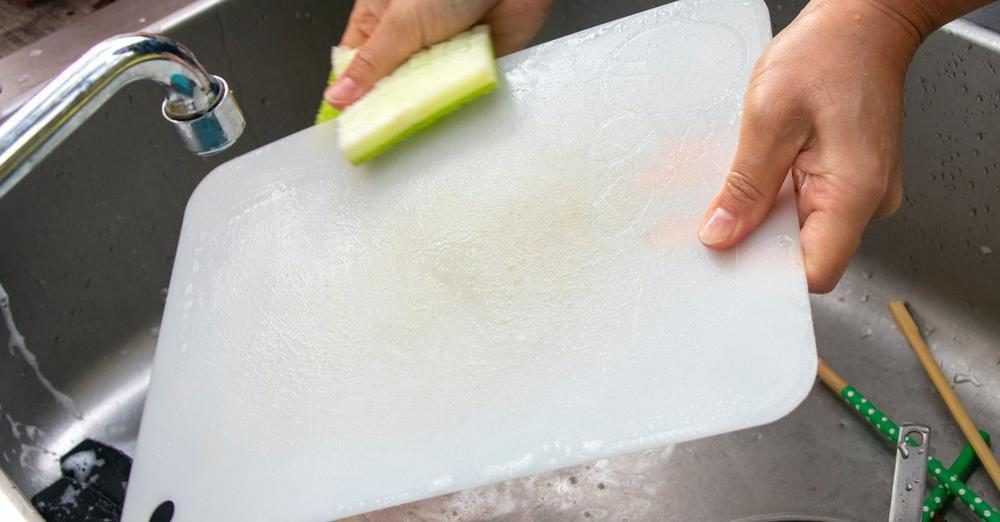;Resize,width=712;)
